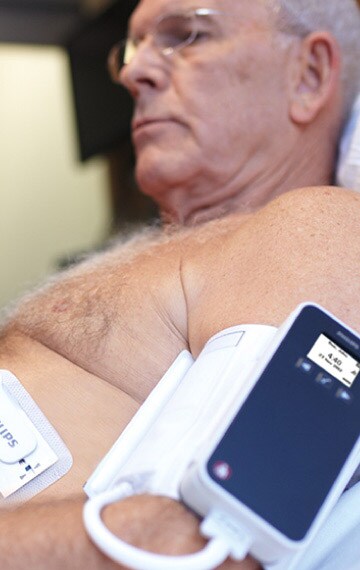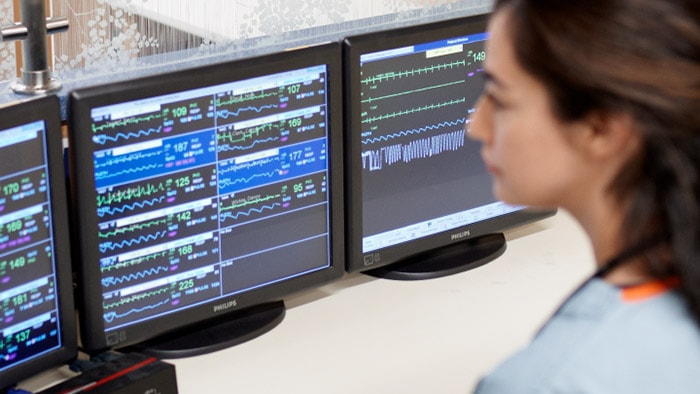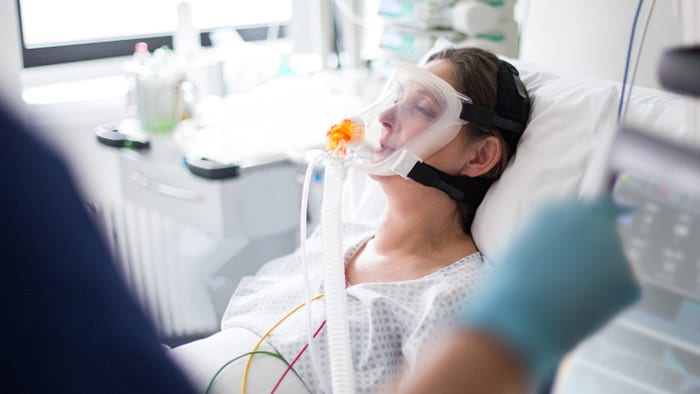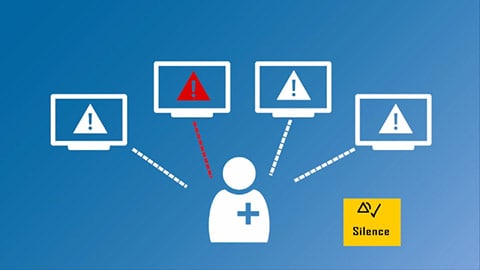Fight alarm fatigue–step by step
Best practices in alarm management are hard to define, as alarm settings that work effectively in one clinical department and one typical patient population are not appropriate for others.
This has been a challenge for Chief Nursing Officers, department leaders and quality managers. There is a clear need to lead change for better alarm management, but with no clear, evidence-based best practice, it is not easy to know how to begin tackling the problem.
While strategies need to be adjusted for the unique conditions of each hospital or unit, there are simple steps you can take based on those who are leading the way.
It is clear that successful interventions should be led proactively rather than deferred to organic solutions that evolve at the point of care.1

Tip 2
Customize delay and threshold settings on SpO2 monitors3
Why: Clinicians can optimize SpO2 monitor performance by customizing settings to reliably alarm when action is required.
How: Multidisciplinary alarm management teams can study alarm report data to determine which alarms are non-actionable and identify changes in settings.
Result: A change as small as decreasing a SpO2 lower limit by 1 percent can substantially reduce non-actionable alarms. The same is true when using delays in alarm signals, to allow for auto-correction.
Tip 3
Customize alarm parameters and levels on monitors2
Why: By setting alarm limits and levels to meet the specific needs of each patient, non-actionable alarms can be reduced.
How: Based on the unit’s patient population (pediatric, pulmonary, etc.), identify appropriate default alarm settings. Develop a policy—and create a process, supported by staff education—that empowers nurses to further customize alarm settings as indicated, based on the specific needs of each patient.
Result: Establishing an appropriate unit default setting and adjusting it for each patient saves time and supports more accurate alarm performance.
See how Philips Alarm Advisor alerts a clinician when it appears that a patient’s warning system may be set with thresholds that are too sensitive.


Tip 4
Educate staff2
Why: Educating nurses can reduce false alarms and boost operational efficacy. It also supports consistency in response timing and actions.
How: Undertake staff education before, during and after implementing new protocols and processes. Communicate why changes are being made and how these changes will benefit them and their patients. Ensure staff is competent in recognizing alarm signals and troubleshooting.
Result: An educated, trained and competent staff is a staff that can better distinguish between actionable and non-actionable alarms, can resolve problems more swiftly and perform more efficiently.
Alarm management:
become the expert
Philips is
here to help

Alarm management 101
Find out why alarms are more than just a nuisance.
The price for patients Find out why you should protect your patients


What drives alarm fatigue? Discover new facts and approaches for making effective change
Footnotes: [1] Philips. “Taking alarm management from concept to reality: a step by step guide”, accessed 2017, https://www.usa.philips.com/b-dam/b2bhc/us/whitepapers/alarm-systems-management/An-action-Plan.pdf
[2] Cosper, P., et al. “Improving Clinical Alarm Management: Guidance and Strategies”, Biomedical Instrumentation & Technology, March/April 2017, pp. 109–115.



